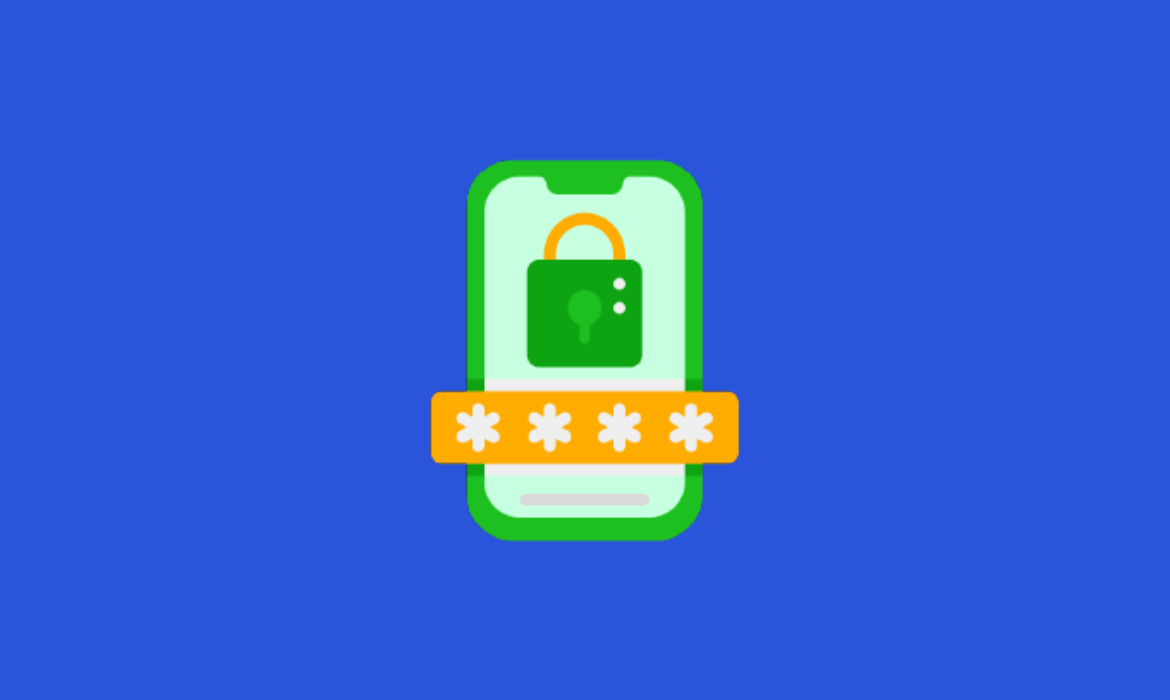Introduction to Send OTP on WhatsApp
To Send an OTP on WhatsApp seems easy, but have you ever considered their security and privacy policy before sending or receiving an OTP? In today’s digital age, ensuring the security of online transactions and user accounts is paramount. One effective way to achieve this is through One-Time Passwords (OTPs).
However, with the rise of instant messaging platforms, WhatsApp has emerged as a preferred channel for OTP delivery. With its extensive user base and robust end-to-end encryption, WhatsApp offers a secure and convenient medium for sending OTPs. Send an OTP on WhatsApp typically involves integrating your system with a WhatsApp messaging API provided by services, WhatsApp Business API, or other similar platforms.
How to Send an OTP on WhatsApp with a shared number
To send an OTP on WhatsApp using a shared number involves setting up a system where multiple users or devices can send messages from the same WhatsApp number. This is often managed through a service or API that handles the logistics of sending messages. Here are the general steps to achieve this:
Using WhatsApp Business API
Register for WhatsApp Business API:
You need to register and get approved for WhatsApp Business API through one of their official partners or Facebook (Meta).
Set Up a Shared Number:
Obtain a shared number that will be used for sending OTPs. This number will be registered with the WhatsApp Business API.
Integrate with an OTP Service:
Use an OTP generation service (or build your own) that can generate secure OTPs. This service should be integrated with your backend.
Configure the API:
Use the WhatsApp Business API to send messages. Configure the API to send OTPs by calling the endpoint that sends messages, and ensure that it includes the OTP in the message body.
Develop a Backend System:
Your backend system should handle the logic for generating OTPs, storing them temporarily, and verifying them when the user inputs the OTP.
Send OTP via API Call:
Make an API call to WhatsApp’s endpoint to send the OTP to the user’s WhatsApp number. The message payload should include the OTP and any relevant information or context.
How to Send an OTP on WhatsApp with a Business Account Number
When the plan is to Send an OTP on WhatsApp using a business account number, it involves several steps and typically requires using a third-party service or API that facilitates this process. Here are a few guidelines on how to set this up:
Set Up a WhatsApp Business Account
Ensure to set up a WhatsApp Business Account before going forward. Go through the verification process required by WhatsApp for business accounts.
Choose a WhatsApp Business API Provider
Choose a provider, which offers WhatsApp Business API services. Register with the provider and approve your business account using the API.
Set Up the API
Follow the instructions provided by your chosen API provider to gain access to the WhatsApp Business API. Configure your account settings, including sender details and message templates.
Create Message Templates
Create a message template to send an OTP on WhatsApp. This template needs to be pre-approved by WhatsApp. For any further approval, submit the template to WhatsApp.
Implement OTP Sending Functionality
Integrate the WhatsApp API with your application or system where the OTP generation and sending will occur. Generate an OTP within your application. Use the API to send the OTP to the user’s WhatsApp number.
Difference between WhatsApp OTP, SMS OTP & Email OTP
| S.NO | FEATURES | WHATSAPP OTP | SMS OTP | EMAIL OTP |
| 1 | DELIVERY METHOD | Sent via WhatsApp message. | Sent via text message to a phone. | Sent via email to the user’s email ID/address. |
| 2 | SPEED | Usually quick, depending on internet connectivity. | Typically very fast, as it relies on cellular networks. | This can vary depending on the email service provider and network conditions; generally slower than SMS or WhatsApp. |
| 3 | USER EXPERIENCE | Convenient if the user is already logged into WhatsApp; they receive the OTP within the app they frequently use. | Highly accessible, as almost all mobile phones can receive SMS. | Requires users to check their email, which can be less convenient and slower than checking a message on their phone. |
| 4 | SECURITY | Relatively secure due to WhatsApp’s end-to-end encryption. | Secure, but SMS messages can be intercepted in a few cases. | Generally secure, especially if the user has enabled two-factor authentication (2FA) on their email account. However, email accounts can be more susceptible to hacking if not properly secured. |
| 5 | COST | May be cheaper than SMS OTPs for businesses, especially if users are in different countries. | This can be a lot more expensive for businesses, especially for international messages. | Usually free for businesses, as sending emails doesn’t typically incur direct costs. |
Where OTP on WhatsApp can be utilized
One-time passwords (OTPs) sent via WhatsApp have become a popular method for enhancing security and streamlining user verification processes across various industries. Here is a list of industries that can be utilized to send an OTP on WhatsApp:
- E-commerce
- Banking & Finance
- Travel & Hospitality
- Healthcare
- Telecommunications
- Education
- Retail
- Utilities
- Logistics
Benefits of sending an OTP on WhatsApp
By integrating WhatsApp for OTP delivery, businesses can enhance security measures, improve user satisfaction, and streamline authentication processes. To Send an OTP on WhatsApp, they offer several benefits:
Wide Reach
WhatsApp has a vast user base, making it a reliable platform for delivering OTPs quickly and efficiently.
Cost-Effective
To Send an OTP on WhatsApp can be more cost-effective compared to traditional SMS services, especially for businesses with a high volume of OTPs.
Reliability
WhatsApp messages are less likely to be blocked or delayed by network issues compared to SMS.
Security
WhatsApp provides end-to-end scrambling, which adds an extra layer of security to the OTP delivery process.
Global Accessibility
WhatsApp operates internationally, which is beneficial for businesses with a global customer base, ensuring consistent OTP delivery across different regions.
Limitations of Sending an OTP on WhatsApp
Organizations should weigh these factors against their specific needs and regulatory requirements before implementing OTPs via WhatsApp. Planning to Send an OTP on WhatsApp has both advantages and limitations, especially concerning security and user experience.
Security Concerns
WhatsApp messages can be intercepted if the device is compromised, making OTPs less secure compared to other methods like SMS or dedicated authenticator apps.
Reliability
Delivery of WhatsApp messages can be delayed due to network issues or server downtime, which can be problematic for time-sensitive OTPs.
Dependency on the Internet
WhatsApp requires an Internet connection, and OTPs may not be delivered if the user is in an area with poor or no Internet connectivity.
Device Dependency
WhatsApp is linked to a specific device and phone number, which can be an issue if the user changes their device or number frequently.
Compatibility Issues
Not all users have WhatsApp installed, which limits the reach of OTPs sent through this platform compared to SMS.
Account Restrictions
WhatsApp has limitations on the number of messages that can be sent from a single account, which can hinder the scalability of OTP delivery for large businesses.
Privacy Concerns
Some users might be concerned about their phone numbers and other personal information being used to send an OTP on WhatsApp impacting user trust and adoption.
Conclusion
In conclusion, leveraging to send an OTP on WhatsApp presents a robust solution that combines convenience, security, and accessibility. By harnessing WhatsApp’s ultimate presence on smartphones worldwide, businesses can streamline their verification processes while enhancing user experience. The encrypted nature of WhatsApp messages ensures that sensitive information remains secure during transmission, meeting stringent data privacy regulations.

